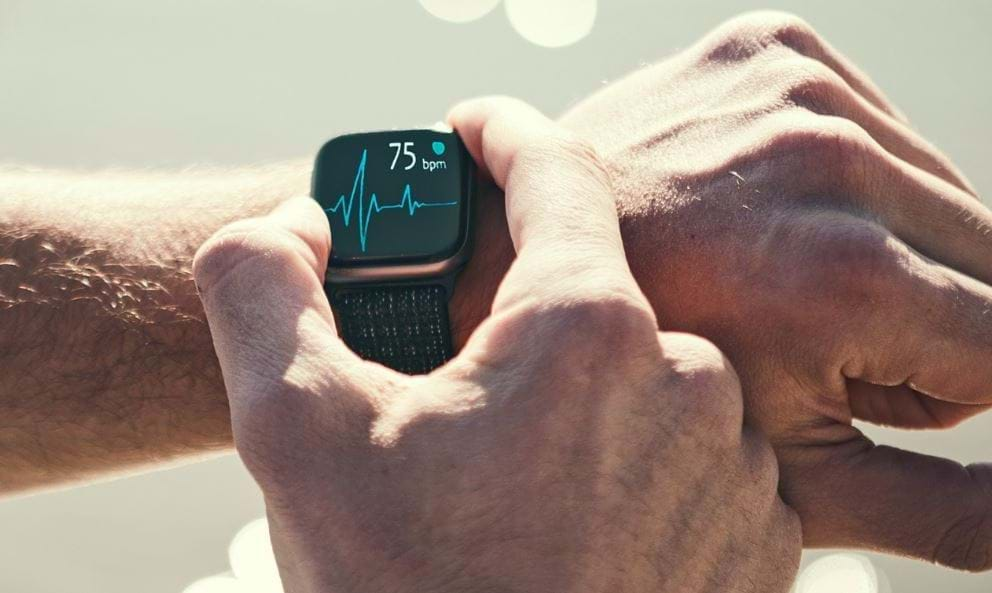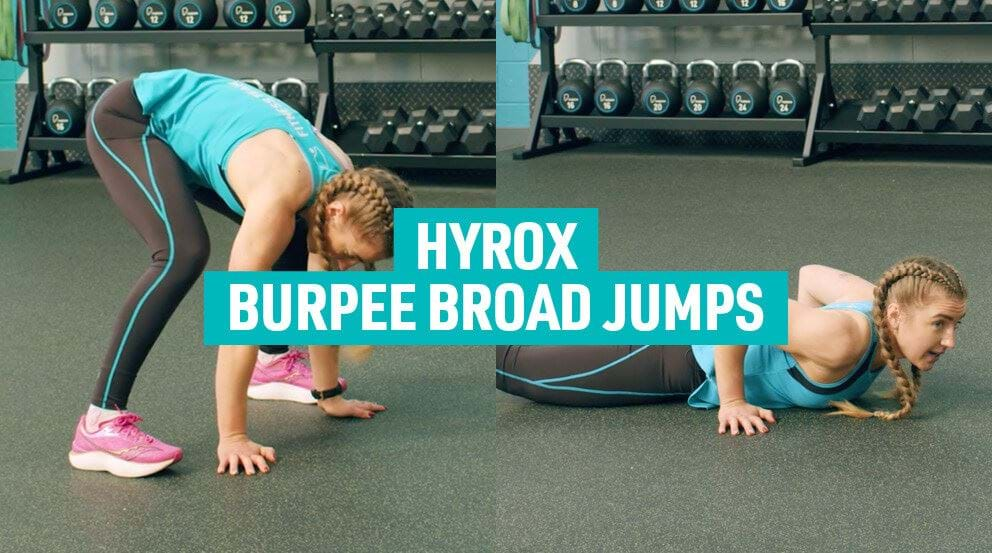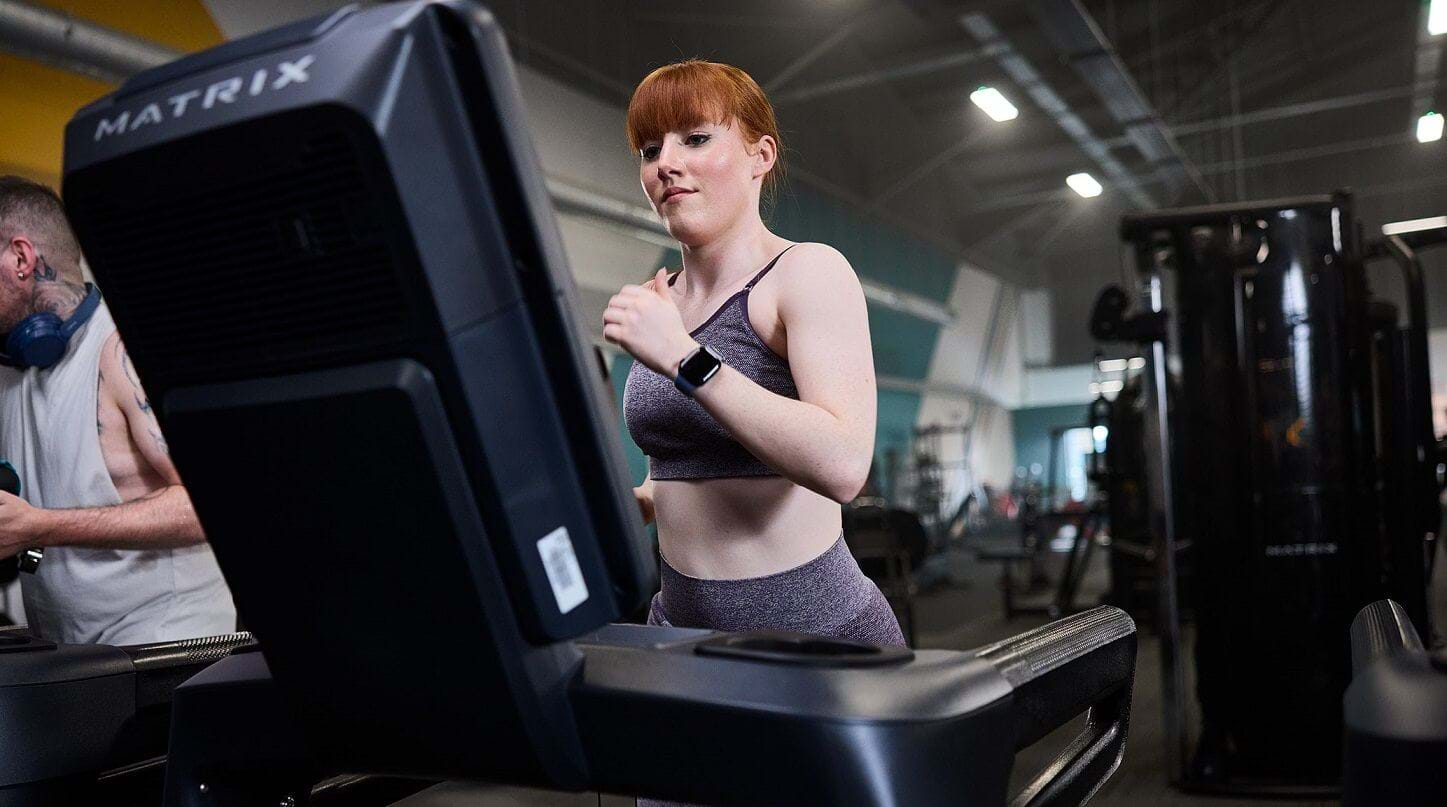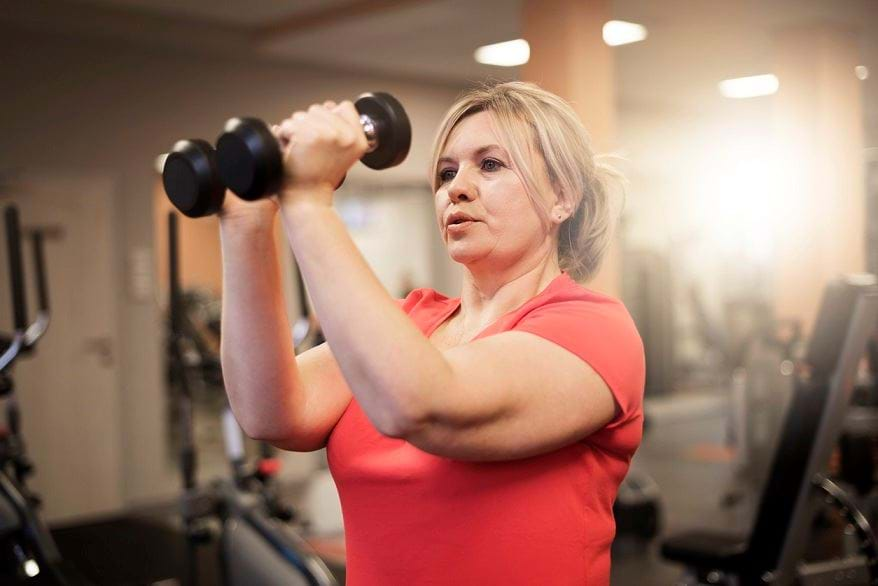Exercise Heart Rate Zones Explained

Heart Rate Zones | How To Calculate | How Heart Rate Supports Training | Best Workout Zone | HIIT And Heart Rate | Fat Burning Zone | Resting Heart Rate | Why Know Your Resting Rate | Improve Your Resting Rate | Reliability Of Trackers
Last updated: 14th April 2025
There are many ways to measure health, but with popular wearable fitness devices like Fitbit and Apple Watch offering basic heart rate readings, one of the easiest ways to track metrics is heart rate.
But what does your heart rate really tell you about your health and fitness? And how can you use it to maximise your workouts? Let's take a look. Here we will be covering:
- What are the different heart rate zones?
- How to calculate your maximum heart rate
- How can heart rate zones help with your training?
- Which heart rate zone should you aim for in your workout?
- HIIT and heart rate
- Is the 'fat burning zone' a myth?
- How to calculate your resting heart rate
- Why should you know your resting heart rate?
- How to improve your resting heart rate
- How reliable are heart rate trackers?
What are the different heart rate zones?
Heart levels are grouped into 5 zones, which represent a percentage of your maximum heart rate (max hr). The zones are closely linked to the level of exertion you are putting into exercise; the higher the number, the more energy you are putting in.
Resting Heart Rate. This is your regular heartbeat, the rate your heart beats when you're sedentary. For most adults, this will range from 60 to 100 beats per minute.
Zone 1. This sits at 50-60% of your max hr, and for most people would include recovery or very light exercise such as stretching or moving round the house.
Zone 2. 60-70% of your max hr. Zone 2 includes light, manageable exercise, like walking to the shops, warming up at the gym, or climbing the stairs. You can easily maintain a conversation at this level.
Zone 3. 70-80% of your max hr. This level typically involves moderate, slightly challenging exercises which increase your aerobic endurance like cycling, jogging, or rowing. While difficult, you should be able to sustain the activity for around 30 minutes.
Zone 4. 80-90% max hr. Reaching this zone involves intensive, challenging exercise like heavy weightlifting, boxing, or spinning. This level of exertion crosses over into anaerobic exercise, meaning it's hard to sustain for long periods.
Zone 5. 90-100% max hr. In this zone, you'll be working at maximum exertion and really giving it your all, for example like in sprint workouts. Most people are unable to remain at this level for over a minute, and even athletes tend to only perform at max hr for up to two minutes.
How to calculate your maximum heart rate (max hr)
To estimate your maximum heart rate, you subtract your age from 220[1], so a 20-year-old could expect a max hr of 200 beats per minute (bpm) while a 50-year-old would be closer to 170bpm.
For the 20-year-old, zone 3 exercise (which is around 70-80% of your max hr) would see a heart rate of around 140-160 bpm, while for a 50-year-old this would be more like 119-136 bpm. A percentage calculator will be your friend here!
How can heart rate zone help you with your training?
Understanding the different heart rate zones is a great way to monitor how hard you are training, but it can also help you to achieve your fitness goals.
Different zones have different health and fitness benefits, so you can plan your workouts around hitting different zones to help achieve different goals!
Which heart rate zone should you aim for in your workouts?
If you want to get certain benefits from your training, you may want to target your training to reach different heart zones.
Zone 1 (50-60% max hr) is light, low intensity exercise like walking. This level won’t really help to improve your cardiovascular fitness but it does promote blood flow to the muscles, making it ideal for recovery between workouts, or staying active day to day. For those starting out on their fitness journey, this is a sustainable way to get more movement in.
Zone 2 (60-70% max hr) is great for building general endurance and burning fat, as well as helping to improve your cardio fitness and blood flow to the muscles.
Zone 3 (70-80% max hr) is a great level for anyone wanting to burn fat and improve their aerobic capacity. Working out in this zone regularly will improve your circulation and heart strength, and enable your body to transport oxygen to the muscles more efficiently. It can also help build muscle and bone mass.
Zone 4 (80-90% max hr) utilises the anaerobic system, which helps to improve speed, power, and endurance. You’ll also benefit from an elevated metabolism, which means you’ll burn calories even after the workout is over.
Zone 5 (90-100% max hr) offers similar benefits to zone 4, but it’s very difficult to maintain this level, and you need to be in good shape to reach it. If you do want to reach zone 5, integrate it into your HIIT training to give your body time to recover after hitting this level.
Heart Rate And HIIT
High-Intensity Interval Training (HIIT) is designed to elevate your heart rate rapidly into the upper zones - usually 80--95% of your maximum heart rate. This puts the average high-intensity heart rate in Zone 4 (hard) or Zone 5 (maximum effort), which can really boost cardiovascular fitness, endurance, and metabolic rate.
This 2021 study showed that 6 weeks of HIIT training improved heart rate variability (HRV) and reduced resting heart rate for participants. This shows that you can recover more easily, adapt more efficiently to workouts, and is a great sign for good aerobic fitness and long-term heart health.
During a HIIT workout, your heart rate may average around 75--85% of your MHR, depending on the intensity of your intervals and how long your rest periods are. After a session, your heart rate should drop back to around 60--70% of MHR within a few minutes - a faster drop often indicates better heart health.
For effective high-intensity interval training, aim for 85--95% of your max heart rate. Here's a quick guide to the average HIIT target heart rate by age:
Age 20: Target HR: 170--190 bpm
Age 30: Target HR: 162--180 bpm
Age 40: Target HR: 153--171 bpm
Age 50: Target HR: 145--162 bpm
It's worth noting that the heart is a muscle, and the more we exercise the more conditioned it becomes at pumping oxygen around the body. Someone who is unfit and living a sedentary lifestyle may not be able to safely reach zone 4 and 5, but as they develop their aerobic fitness that threshold will increase.
Is the fat burning zone a myth?
This is an industry-wide discussion point, and opinions vary. The 'fat burning zone' is widely considered to be around 70% of max hr (this report puts it between 60.2% and 80% of maximal heart rate). According to this understanding, you'd be best aiming for the upper end of zone 2 or lower zone 3 to be burning the most fat during your workout.
However, there are many other issues that could affect how much fat you burn during your workout, beyond just your heart rate. For example, what type of workout are you doing? As mentioned above, High Intensity Interval Training (HIIT) is a training approach that focuses on raising and lowering your intensity and is well-regarded as being one of the most efficient ways to boost fitness and burn calories. This approach, however, could see you shifting between zone 1 and zones 4 or 5, rather than just settling around the 70% mark.
Also, others believe it's better to focus on how many calories you're burning rather than your heart rate zone when it comes to burning fat[2]. If you're performing a tougher workout, rather than just settling at a consistent 70% heart rate, it's very likely you'll be burning more calories, although even this can also depend on factors such as your weight, fitness levels and more. You can learn more about calories and weight loss here.
How to calculate your resting heart rate
While you might be using your max hr to shape your workouts, discovering your resting heart rate is a good step to understanding your overall health and fitness.
You can work out what yours is simply by checking your pulse. To do this you can place your index and middle finger either on the side of your neck right next to your windpipe or on the inside of your wrist, about a finger-width below your wrist bone, on the thumb-side of your wrist. Once you find your pulse, set a timer for 15 seconds and count how many pulses you feel in that time - you can then multiply this number by four to understand your resting heart rate in beats per minute.
To accurately measure your resting heart rate, you'll want to check your reading immediately after waking up, first thing in the morning.
Why should you know your resting heart rate?
A resting heart rate of between 60-100 beats per minute is generally considered to be within the normal range. A heart rate that's notably low or high could be a predictor for a number of health issues:
- Low resting heart rate: While it's known that well-conditioned athletes will have a lower resting heart rate, there can also be other, less healthy reasons for a low resting heart rate. One of these is a condition known as bradycardia[3], which can be a sign that the heart's electrical system has been damaged, or that you're experiencing a thyroid condition, among other issues.
- High resting heart rate: A 2008 study carried out by the Women's Health Initiative Research Group[4] found that a high resting heart rate (over 76 beats per minute) was associated with a greater risk of coronary complications and death --- although not strokes. A 2006 meta-analysis[5] found similar results, noting that resting heart rate was a predictor for stroke, arterial disease, sudden death, and even non-coronary illnesses.
Some of the main reasons it's helpful to monitor your resting heart rate include:
- Allows you to get a sense of your cardiovascular health levels
- Allows you to track your fitness levels (RHR is usually lower for physically fit people because their heart muscle is in better condition)
- Helps you to identify potential illnesses or health issues
- Helps you to avoid overtraining
- Keeps your stress levels in check
- Helps identify if you are getting enough sleep
If your resting heart rate is below 60 and you're not very physically active, or over 100, you should consider booking an appointment with your doctor to see if something else might be going on.
How To Improve Your Resting Heart Rate
You can improve your resting heart rate with regular cardiovascular exercise and a good amount of sleep. An extra 15-20 minutes of activity per day has been shown to help lower RHR[6]. So even if you're short of time to complete a full workout, it's still beneficial for your health to try and fit in a walk or ride on your bike even if it's just for 15 minutes. Check out these 15-minute cardio workouts you can try at home or the gym.
How reliable are heart rate trackers?
Most devices that can be used for monitoring movement and fitness, such as the Fitbit or Apple Watch, now include heart rate monitors. This can offer a helpful guide to your heart rate and the effectiveness of your workouts, but, as a study from 2017[7] and another from 2019[8] show, the accuracy of these can sometimes be questionable. Wearing these around your wrist like a watch means the optical sensors can be reduced by light as you move your arm and flex your hand. The technology is improving all the time though, increasing the accuracy of these trackers every year.
For the most accurate heart rate reading, a chest strap monitor is still the best option.
Looking to put your new-found heart rate zone knowledge into practice? Find a PureGym near you and start levelling up your fitness today. You can book into one of our excellent fitness classes or book in with a personal trainer to help you find your happy zone, whatever your heart rate goals!
[1] https://www.heart.org/en/healthy-living/fitness/fitness-basics/target-heart-rates
[2] https://www.washingtonpost.com/lifestyle/wellness/the-fat-burning-heart-rate-zone-is-a-myth/
[3] https://www.mayoclinic.org/diseases-conditions/bradycardia/
[4] http://www.bmj.com/content/338/bmj.b219
[5] https://www.ncbi.nlm.nih.gov/pmc/articles/PMC5056889/
[6] https://www.ncbi.nlm.nih.gov/pmc/articles/PMC6306777/
[7] https://jamanetwork.com/journals/jamacardiology/fullarticle/2566167
[8] https://www.ncbi.nlm.nih.gov/pmc/articles/PMC6431828/


